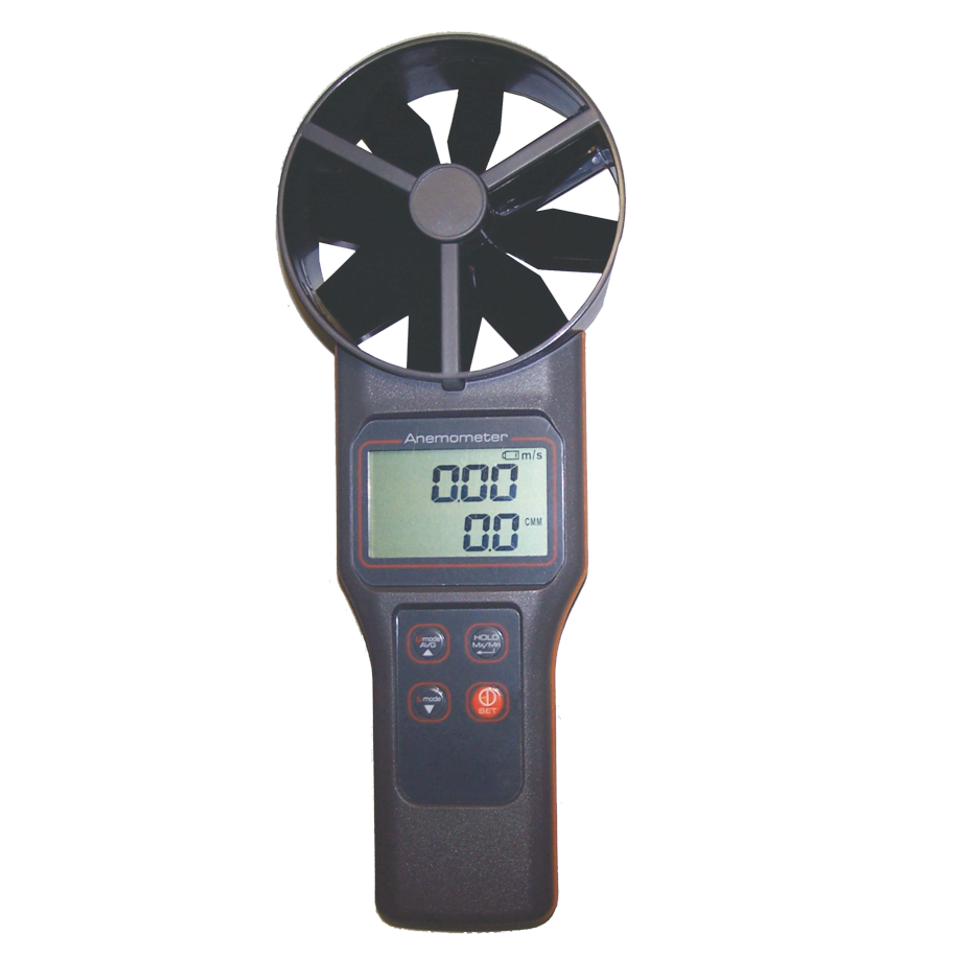Contrasting Digital and Mechanical Anemometers: Which is Right for You?
Contrasting Digital and Mechanical Anemometers: Which is Right for You?
Blog Article
Anemometers Revealed: Recognizing Their Value in Ecological Surveillance and Precaution
The duty of anemometers in ecological tracking and security steps is commonly undervalued, yet their relevance is indisputable. These instruments have a lengthy background rooted in scientific inquiry and technical innovations, progressing to come to be essential tools in various fields. From weather forecasting to air travel safety, anemometers play an important function in providing exact information that notifies decision-making processes and boosts general security. Understanding the details of anemometers introduces a world of critical understandings that are essential to our understanding of the environment and the actions we require to guarantee safety.
Background of Anemometers
The evolution of anemometers can be mapped back to the ancient worlds where primary wind gauging gadgets were initial utilized. These very early wind dimension tools laid the structure for the growth of much more innovative anemometers over time. One of the earliest well-known anemometers was the hemispherical cup anemometer created by Leon Battista Alberti in the 15th century. This layout consisted of 4 hemispherical cups that gathered wind power, providing a measurement of its strength based upon the speed of rotation.
Over the years, advancements in technology led to the growth of even more modern-day anemometers, consisting of ultrasonic anemometers and laser Doppler anemometers, supplying boosted precision and efficiency in measuring wind speed and instructions. The background of anemometers showcases an exceptional journey of development and progress in the field of weather forecasting.
Sorts Of Anemometers
Throughout the area of meteorology, various kinds of anemometers have been created to precisely measure wind speed and instructions. Sonic anemometers utilize ultrasonic signals to measure wind rate and instructions properly. Hot-wire anemometers run based on the principle that the cooling impact of wind on a warmed wire is symmetrical to the wind speed.
Applications in Weather Forecasting
Having talked about the different kinds of anemometers utilized in meteorology for determining wind rate and direction, it is necessary to discover their sensible applications in the area. Anemometers play a critical function in weather forecasting by giving exact and real-time information on wind conditions (anemometer). Meteorologists use anemometers to keep track of wind speed and direction to anticipate weather condition patterns, concern cautions for extreme climate occasions like hurricanes, tornados, and hurricanes, and analyze climatic conditions for air travel security
In meteorology, anemometers aid in recognizing regional and neighborhood wind patterns, which are crucial for anticipating weather adjustments and determining weather patterns. These gadgets are also made use of in research study to study microclimates, city check out here warm islands, and air pollution diffusion. Furthermore, anemometers are employed in farming to enhance crop monitoring techniques, such as watering and pesticide application, based on wind problems.
Importance in Aviation Safety And Security
An integral aspect of ensuring aeronautics Homepage security depends on the precise surveillance of wind conditions making use of anemometers. Anemometers play an important role in air travel by giving real-time data on wind rate and instructions, assisting pilots in making informed decisions throughout liftoff, trip, and landing. Unpredictable and strong winds can considerably influence aircraft operations, making it essential for air travel authorities to depend on exact wind measurements to ensure the safety of guests and team.

In the vibrant atmosphere of air travel, where even minor changes in wind speed and instructions can have extensive impacts, anemometers stand as indispensable devices for advertising safe and secure flight.
Function in Environmental Study
How do anemometers add to advancements in ecological research? Anemometers play a crucial role in environmental study by offering necessary information on wind rate and instructions. This information is crucial for recognizing various atmospheric processes, such as air contamination diffusion, climate patterns, and environment modification. By precisely gauging wind characteristics, anemometers help scientists analyze the activity of toxins in the air, evaluate the effect of commercial exhausts, and forecast the spread of pollutants in the setting.


Final Thought
In final thought, anemometers have played a vital duty in environmental surveillance and safety actions. Understanding the value of anemometers is vital for precisely determining wind rate and direction, which helpful hints is important for forecasting climate patterns, making sure risk-free air travel operations, and carrying out environmental studies.
One of the earliest recognized anemometers was the hemispherical mug anemometer developed by Leon Battista Alberti in the 15th century. Over the years, innovations in technology led to the advancement of even more modern-day anemometers, including ultrasonic anemometers and laser Doppler anemometers, providing enhanced accuracy and effectiveness in measuring wind rate and direction. Hot-wire anemometers operate based on the principle that the cooling result of wind on a warmed cord is symmetrical to the wind rate. Meteorologists utilize anemometers to check wind rate and instructions to anticipate weather patterns, concern cautions for serious weather condition occasions like tornados, storms, and hurricanes, and assess atmospheric conditions for aviation safety and security.
Comprehending the importance of anemometers is necessary for properly gauging wind rate and direction, which is crucial for anticipating climate patterns, ensuring safe aviation operations, and conducting ecological studies. (anemometer)
Report this page